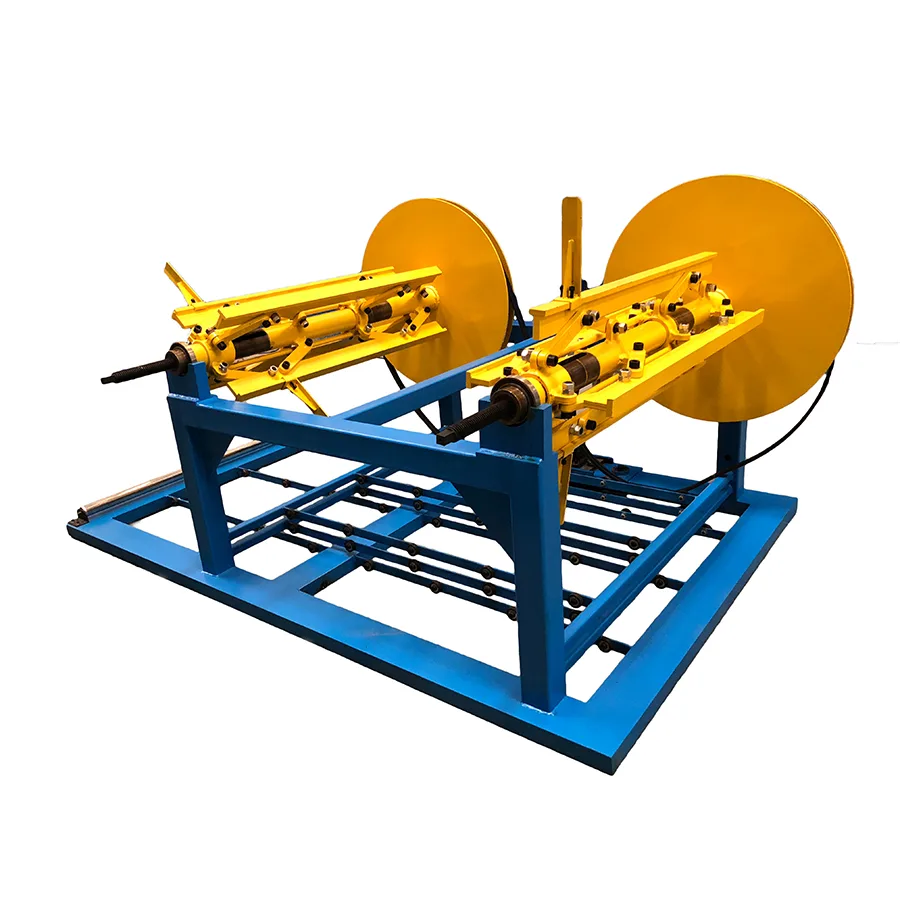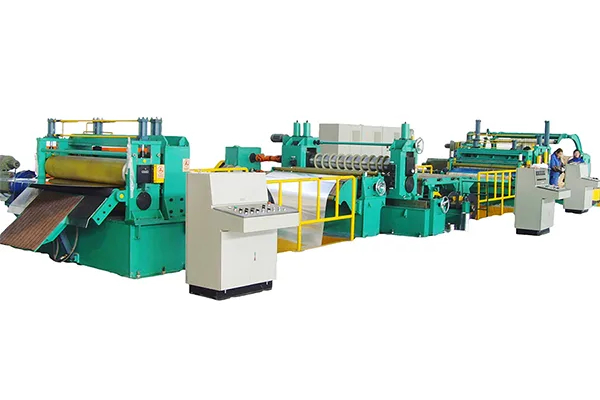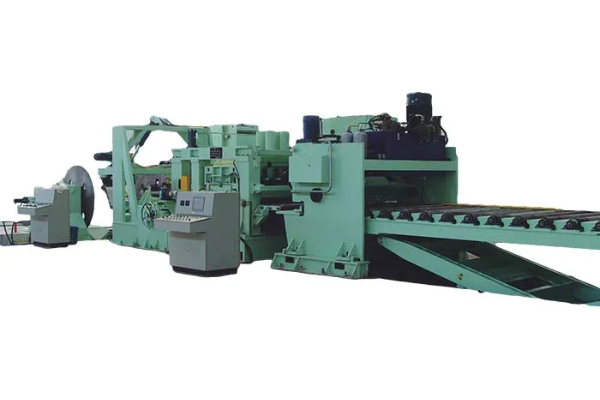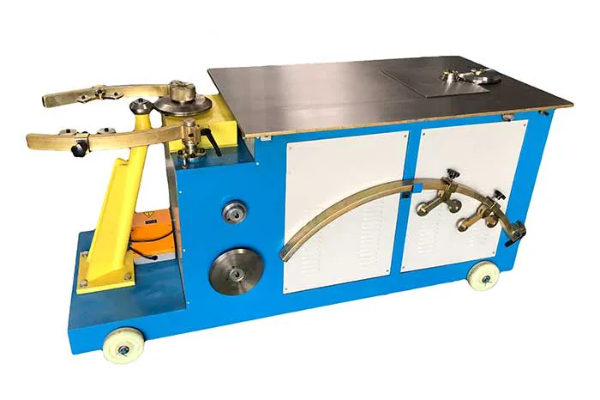
Navigating Regulations and Standards in Metal Strip Cutting Operations
- By:Metmac
- 2024-05-11
- 195
Navigating Regulations and Standards in Metal Strip Cutting Operations: A Critical Guide
Introduction
Sharpen your Blades: The Criticality of Compliance
In the intricate realm of metal strip cutting operations, compliance with regulations and standards holds paramount importance. They serve as the cornerstone for ensuring safety, quality, and efficiency, safeguarding both the workforce and the integrity of the products. Navigating this complex terrain requires a comprehensive understanding of the applicable rules and guidelines.
Regulatory Landscape
Beyond Compliance, Embracing Excellence
The regulatory landscape governing metal strip cutting operations is an ever-evolving tapestry. Key regulations include the Occupational Safety and Health Administration (OSHA) standards, American National Standards Institute (ANSI) guidelines, and industry-specific best practices. These directives address aspects such as machine safety, noise control, emission management, and waste disposal.
Standards: Guardians of Quality and Efficiency
The Pathway to Precision and Productivity
Standards, such as the International Organization for Standardization (ISO) and American Society for Testing and Materials (ASTM) specifications, provide detailed technical requirements for metal strip cutting processes. They define acceptable tolerances, material properties, and test methods, ensuring uniformity and reliability in product quality.
Compliance and Beyond
Elevating Performance, Transcending Expectations
Compliance with regulations and standards is not merely a legal obligation but a strategic imperative. Beyond meeting regulatory minimums, it drives operational excellence by minimizing risks, enhancing productivity, and optimizing resource utilization. It fosters a culture of continuous improvement, where safety, quality, and efficiency are paramount.
Partnering for Success
Collaborating for Compliance and Innovation
Navigating the complexities of regulations and standards requires collaboration with experts. Industry associations, consulting firms, and legal professionals can provide guidance, training, and support. By partnering with these resources, metal strip cutting operations can stay abreast of regulatory changes, implement best practices, and develop innovative solutions that push the boundaries of performance.
Conclusion
Unveiling the Path to Compliant and Competitive Operations
Navigating regulations and standards in metal strip cutting operations is a multifaceted endeavor that demands a deep understanding of both compliance and industry best practices. By embracing compliance not as a burden but as an opportunity for excellence, organizations can unlock the full potential of their operations, safeguarding safety, quality, and profitability. It is a journey that ultimately leads to a competitive edge in an industry where precision, efficiency, and innovation reign supreme.
-
Sheet Metal Rolling Machine for Sale: Finding Precision and Durability with METMAC
2025/12/09 -
Press Brake Bending Machine: Engineering Precision with METMAC
2025/12/09 -
CNC Sheet Bending Machine: Precision Redefined with METMAC
2025/12/09 -
Sheet Metal Roll Forming Machines: The Precision of METMAC Engineering
2025/12/09
-
Advanced Sheet Metal Rolling, Laser Cutting, and Folding Machines for Precision Fabrication
2025/10/31 -
High-Performance Sheet Metal Bending and Cutting Machines for Modern Fabrication
2025/10/31 -
High-Quality Sheet Metal Equipment for Sale: Efficient Solutions for Modern Manufacturing
2025/10/31 -
High-Performance Sheet Metal Equipment for Sale: Forming and Shearing Solutions for Modern Fabrication
2025/10/22
-
A Guide to the Latest Innovations in Sheet Metal Folding Machines
2024/11/29 -
Key Features to Consider When Investing in a Sheet Metal Folding Machine
2024/11/28 -
Enhancing Precision with Advanced Sheet Metal Folding Machines
2024/11/27 -
How to Choose the Right Sheet Metal Folding Machine for Your Workshop
2024/11/26







